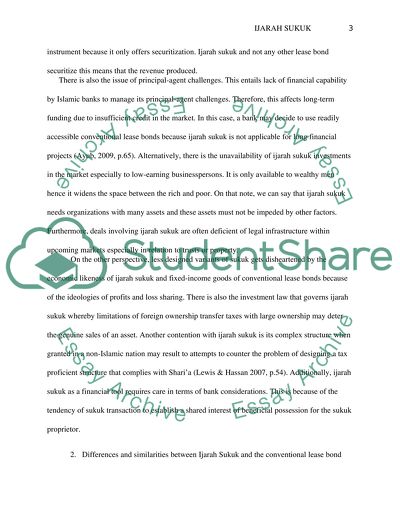Cite this document
(“Use of ijarah sukuk by Islamic banks Essay Example | Topics and Well Written Essays - 3000 words”, n.d.)
Retrieved from https://studentshare.org/finance-accounting/1393354-use-of-ijarah-sukuk-by-islamic-banks
Retrieved from https://studentshare.org/finance-accounting/1393354-use-of-ijarah-sukuk-by-islamic-banks
(Use of Ijarah Sukuk by Islamic Banks Essay Example | Topics and Well Written Essays - 3000 Words)
https://studentshare.org/finance-accounting/1393354-use-of-ijarah-sukuk-by-islamic-banks.
https://studentshare.org/finance-accounting/1393354-use-of-ijarah-sukuk-by-islamic-banks.
“Use of Ijarah Sukuk by Islamic Banks Essay Example | Topics and Well Written Essays - 3000 Words”, n.d. https://studentshare.org/finance-accounting/1393354-use-of-ijarah-sukuk-by-islamic-banks.


